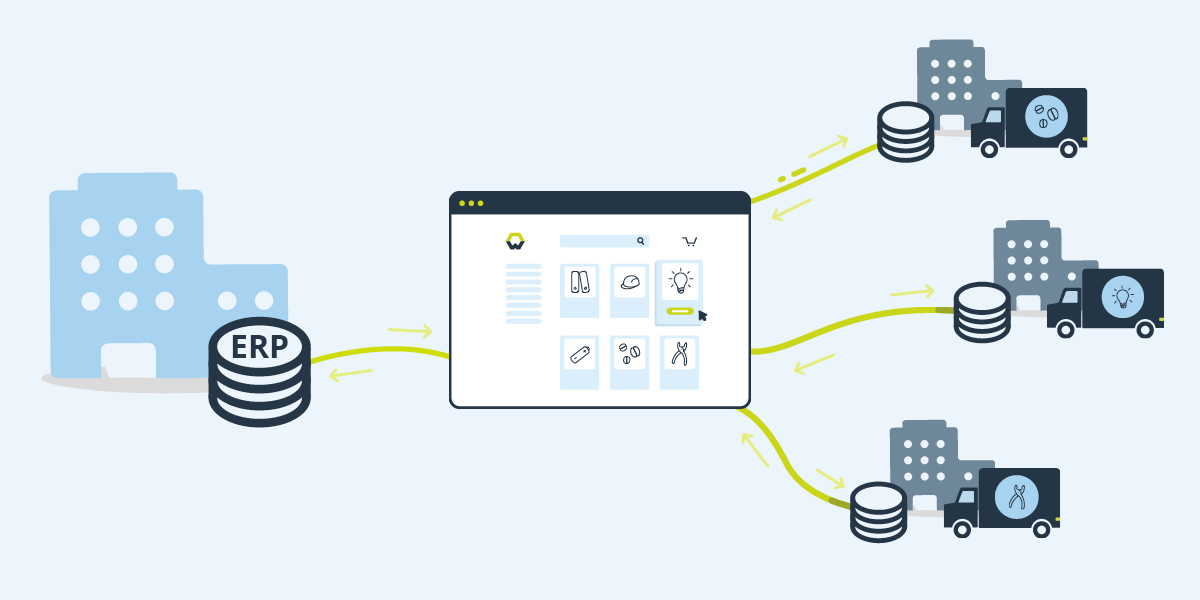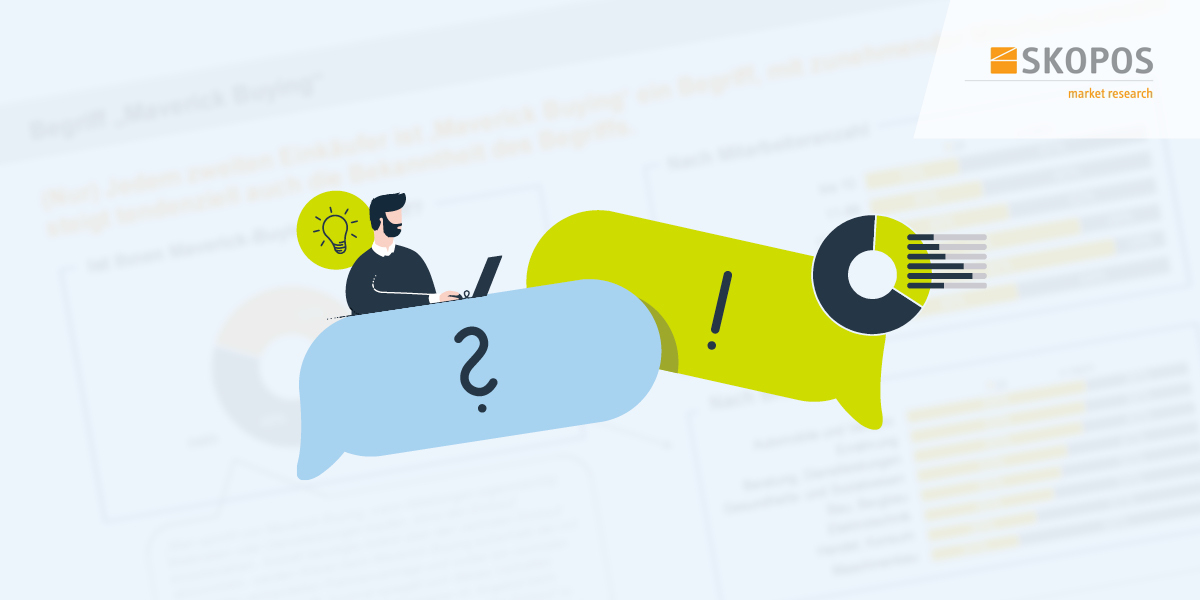Strategic and operational procurement: standardizing procurement processes

Long procurement periods, high process costs, limited transparency – procurement can counter all of these issues by standardizing its processes and making them efficient. The right division of roles between strategic and operational purchasing is a key factor in this regard.
A company’s procurement department has a central role to play. The department is responsible for purchasing key operating materials and products. It is responsible for keeping an eye on current requirements throughout the company, contractual terms with all suppliers, delivery quantities and volume discounts, and the best possible prices and delivery times. If procurement processes are not set up efficiently, this can become a challenge, leading to long procurement times, high process costs and insufficient focus on actual requirements. This can, in turn, result in a high maverick buying rate when departments end up buying the products they desperately need on their own steam – without being guided by prices or strategic considerations. This can be remedied by putting strategically aligned and standardized processes in place and by ensuring that roles are clearly divided, defining the tasks and responsibilities of strategic and operational purchasing.
Standardized processes in procurement
If procurement processes have a strategic focus, tasks are defined and individual process steps standardized or even automated, a company can save a lot of time and money. The first step is to take a critical look at the company's own product use, processes and the role played by everyone involved in the company's procurement activities. Where might procurement times be too long? Where can orders be bundled to obtain volume discounts? Are there marginal requirements that have gone unnoticed? What should be purchased centrally, and what things are better for the departments to purchase themselves? The answers to these questions help to identify starting points for the standardization of procurement processes. A first step towards efficient procurement processes is to standardize assortments across the company and to define clear procurement guidelines that apply throughout the company. In order to ensure that these considerations meet the needs of the individual areas and departments, the latter should be given the chance to participate in standardizing the processes.
The right division of roles: strategic and operational procurement
For many companies, it can make sense for the individual departments to be able to buy certain operating materials independently on a decentralized basis if they need them at short notice, while procurement buys everything else centrally. When roles are divided like this, an ideal mix of centralized and decentralized procurement – or operational and strategic procurement – makes all the difference. Strategic and operational procurement, i.e. the procurement department and the individual departments, have to consult each other and define roles and responsibilities for purchase requisitions and purchase orders in advance.
Everything under control with Wucato
Digital procurement platforms such as Wucato make it particularly easy to standardize purchasing processes and clearly reflect the division between strategic and operational purchasing. For example, the platform allows different users to be set up to whom procurement can ultimately assign certain rights, budgets and relevant assortments. Administrative tasks such as collective invoices or supplier contracts can also be set up using Wucato – and thanks to the clear buyer dashboard, procurement always has an overview of expenses and can identify any marginal requirements more quickly.
Information on how you can standardize and optimize your procurement processes with Wucato is available here .
More articles from the category "C-Parts-Management"














